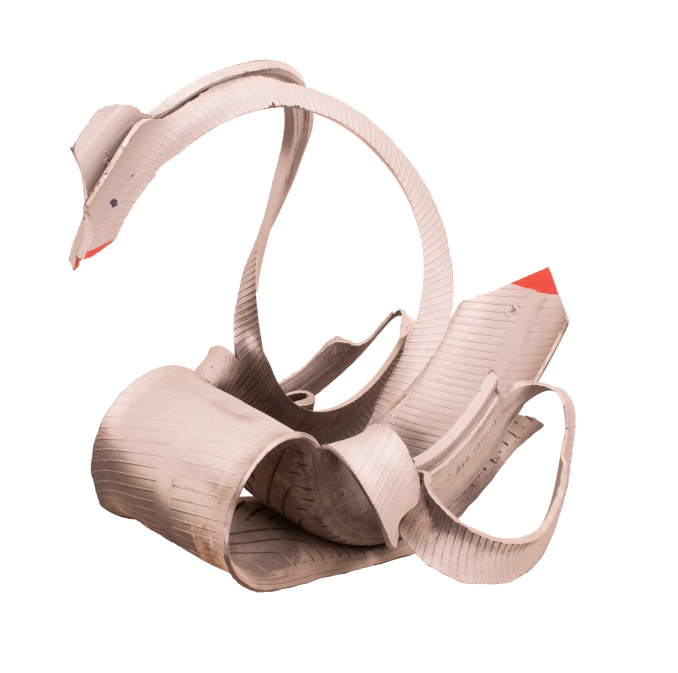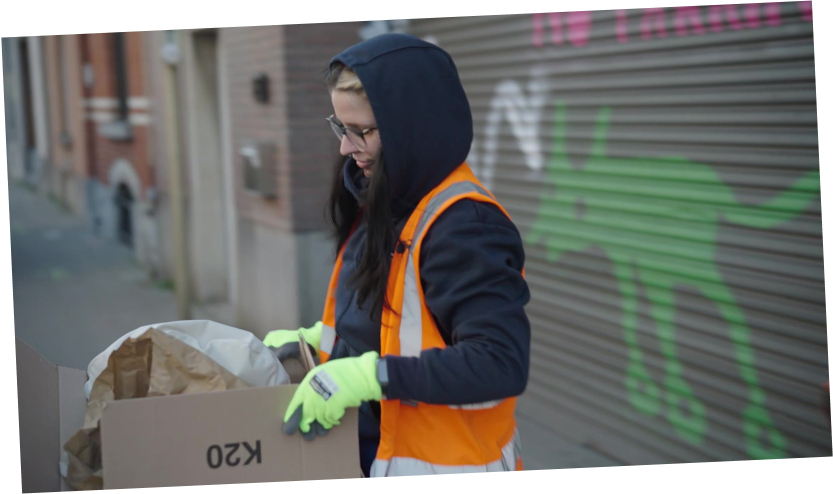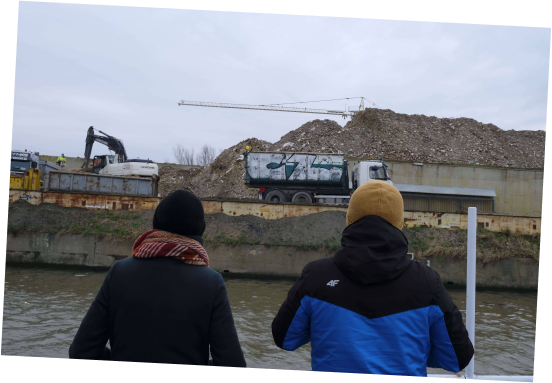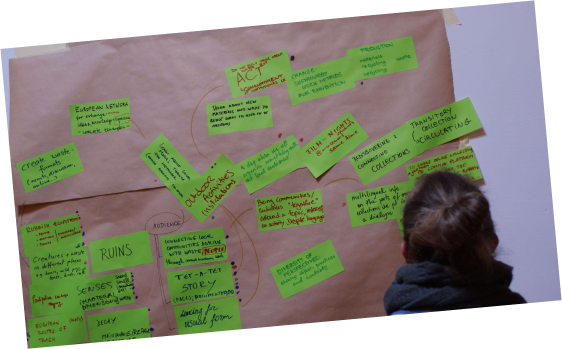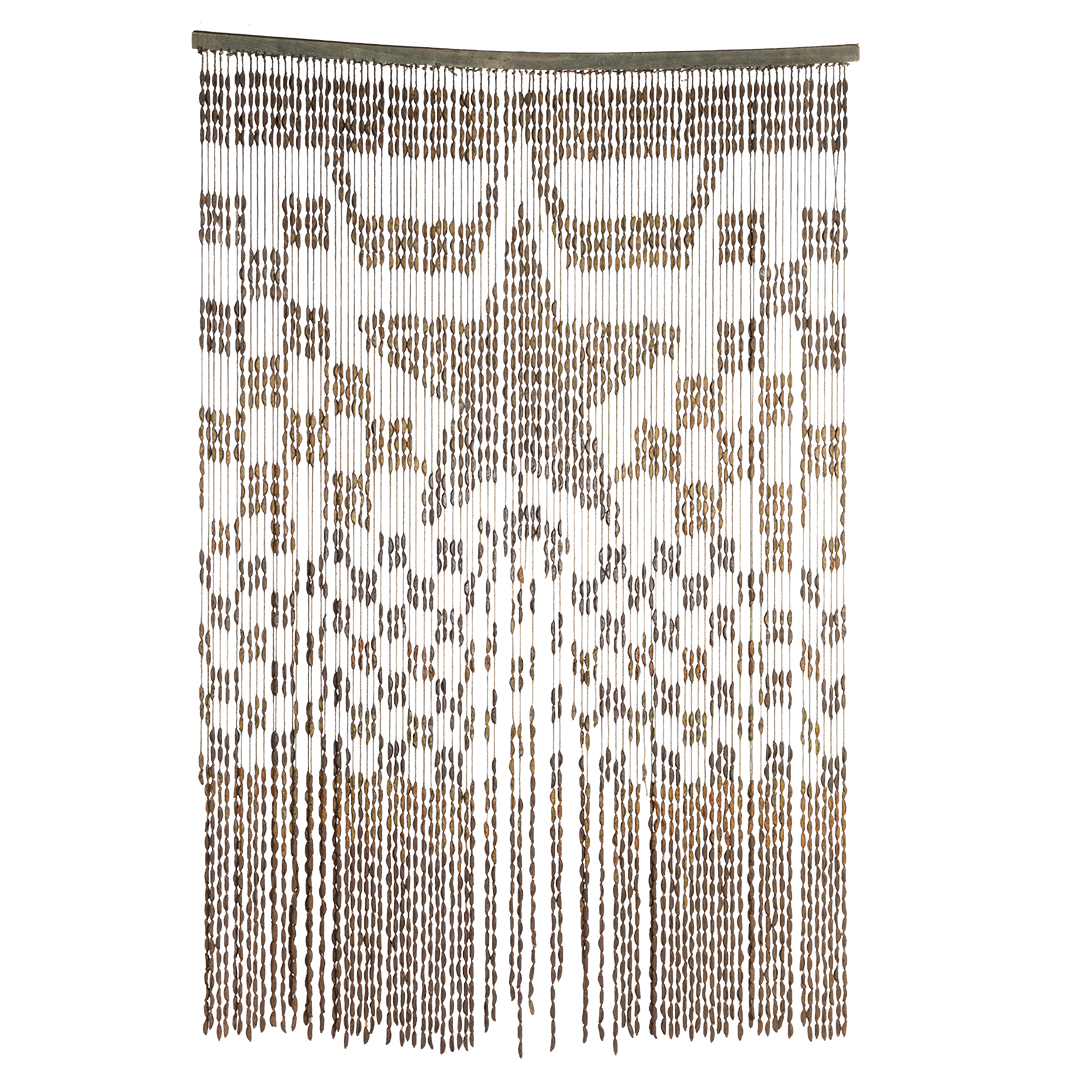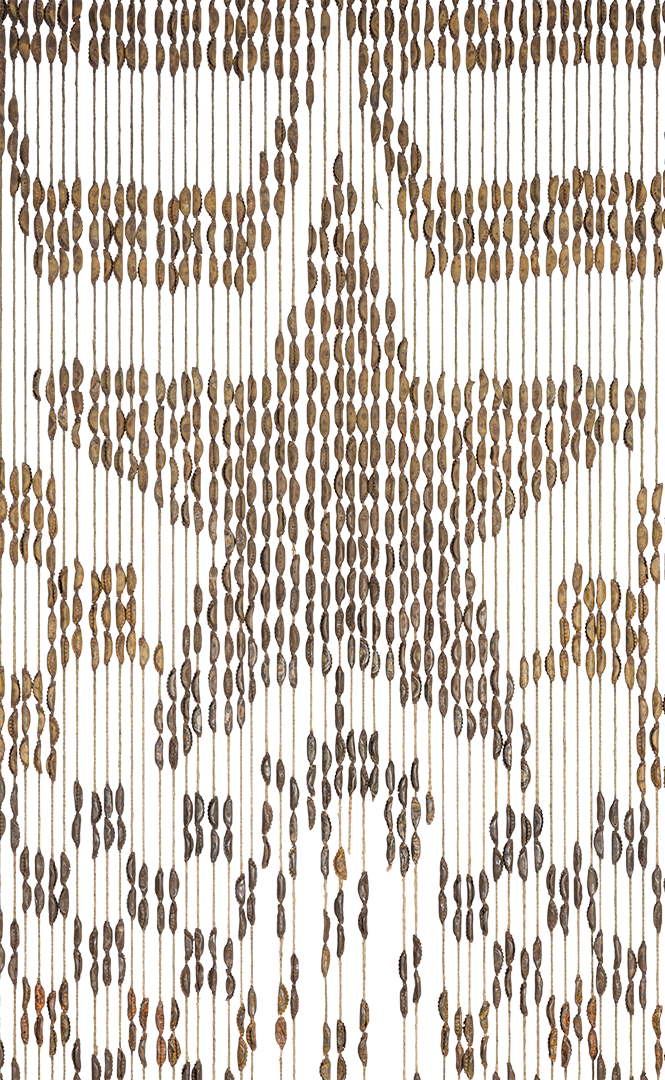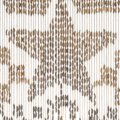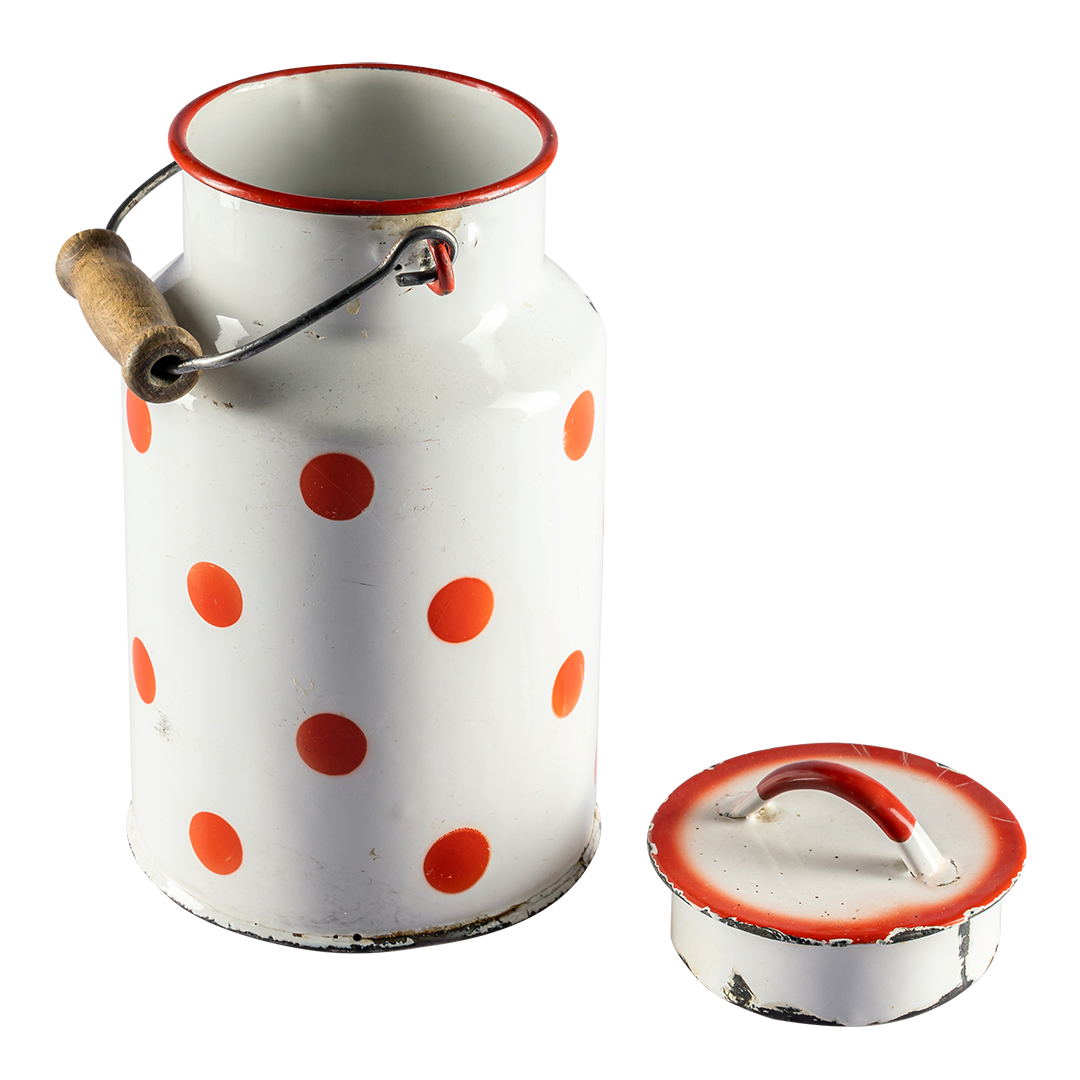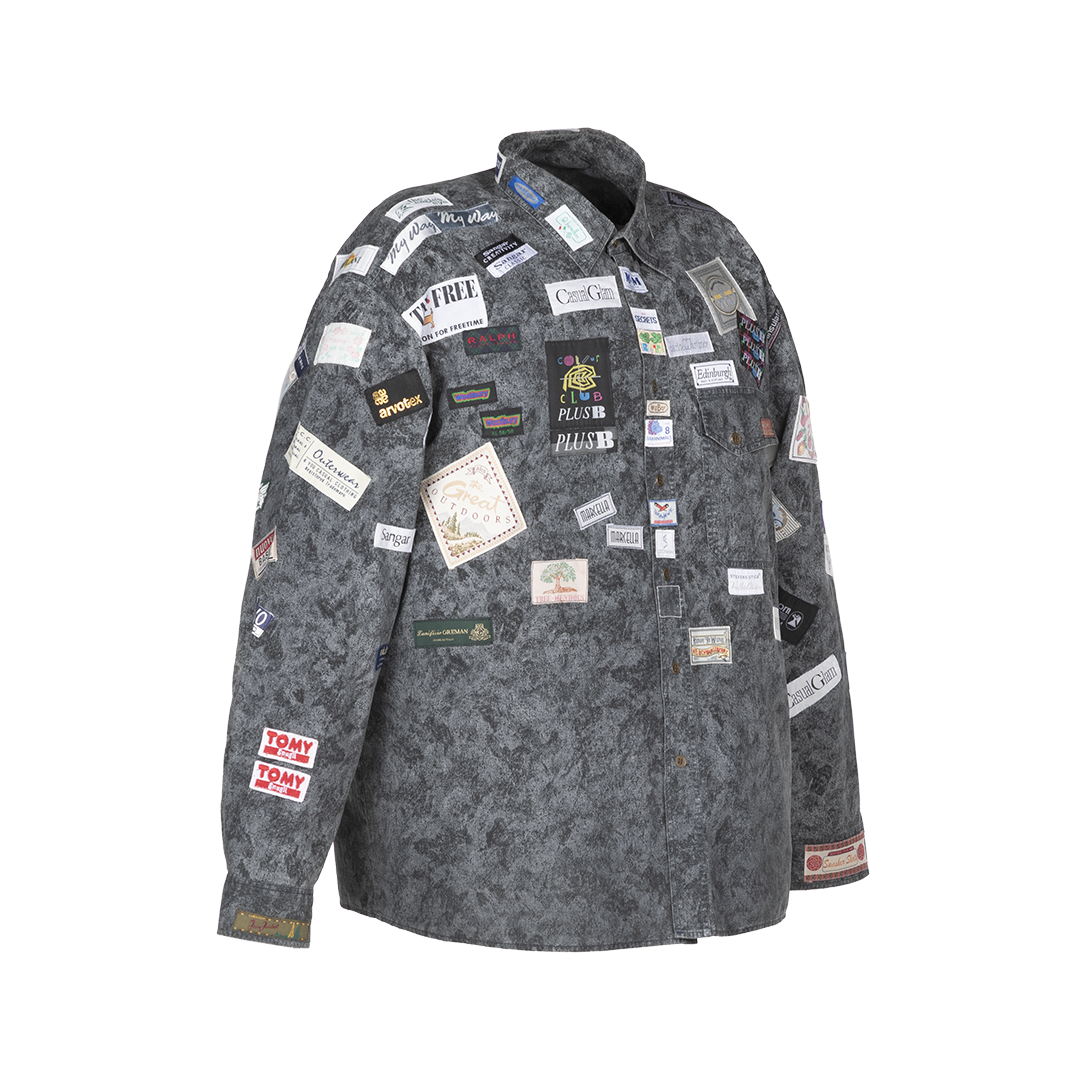Artist/Maker Unknown
Date Production/Creation
Twentieth century
Entry in the museum collection
Terminus post quem 1950
Place of origin
Ozzano Taro, Collecchio, Parma, Emilia Romagna, Italy, Europe
Current location
Ettore Guatelli Museum foundation, Ozzanno Taro, Italy
Material
Assembled from recycled aluminium bottle tops and cord. The noise of the bottle tops alerted the shop owner to the entry of prospective customers.
Dimension
Height: 205 cm, Width: 141 cm
Inventory Number 106
Keyword Reuse Self-made/DIY Upcycling
Copyright @Fondazione Museo Ettore Guatelli
Status On display
Image Credit Mauro Davoli
Creativity takes patience as well as vision. But it can all start with a single bottle top.
What is this object about, who are the people behind it?
The curtain is on display and located exactly where Ettore Guatelli wished, at the entrance to the museum in front of the impressive staircase that leads visitors to the rooms on the upper floor. The sound produced by the bottle tops that used to signal the entrance of prospective customers now heralds the arrival of visitors parting the curtain to behold the marvels of the mundane and the excitement of the everyday.
What places is this object related to, how European/transnational is it?
The items on display in the Guatelli Museum offer visitors a unique glimpse of the multifarious stories behind them, reflecting not only the reality of the rural farming community to which they belonged but also the lives of the individuals who came into contact with them, changing their form and function or extending their useful lives ad infinitum.
Why and how did this object arrive in the museum’s collection?
In the 1950s, Ettore Guatelli began increasingly regular visits to waste collectors’ storerooms in the Apennines, gradually laying the foundations for his future museum. From the mid-1970s, his collection of objects grew considerably, unintentionally becoming part of a trend that took off in the seventies and eighties in Italy for the revival and promotion of popular culture. As a result, his museum became a unique and inimitable establishment devoted to the demographic, ethnological and anthropological heritage of twentieth-century Italy.
What is the relation of this object to waste?
The items displayed in the museum bear testimony to a world of spontaneous design based on improvisation. Their uniqueness resides in the farsightedness of those who refused to regard them as objects to be discarded because they were too old and had outlived their usefulness. Spontaneous design bears witness to human creativity in rethinking, adjusting and repairing objects, reflecting the "make do and mend" philosophy of a rural community governed by the economic principles of reuse and recovery. Nothing was thrown away because everything could be used again, repaired ad infinitum, reassembled and put to different uses.

